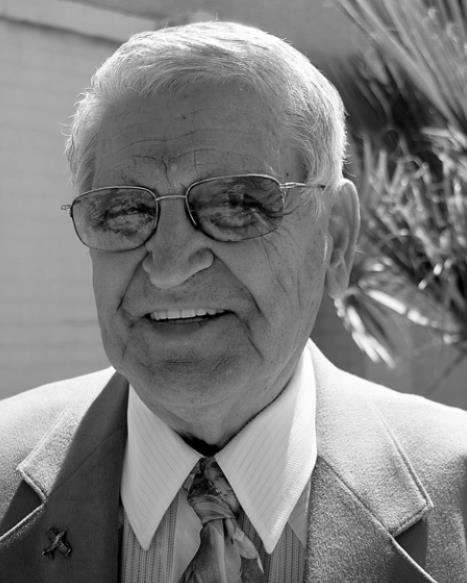
A Word About Recycling with Ollie Maier
Switching from the subject of recycling aluminum cans used for drinks, addressed the last couple of weeks, to plastic bottles used for drinks, how would you like to drive on a highway surface made from those plastic bottles? You might if you lived in California.
In an article from The New York Times, we read, “A newly repaved stretch of highway in Oroville, Ca., looks like an ordinary road. But it’s the first highway in the country to be paved in part with recycled plastic — the equivalent of roughly 150,000 plastic bottles per mile of the three-lane road.”
As the president of a new company engineering this new type of pavement explained, “Traditional asphalt roads rely on rock for the strength of the road, {However,} with our pavement, it relies on the matrix of a plastic binder for the strength, and the rock is simply a filler.”
This new type of road will help resist potholes and cracking. It is also expected to last two to three times longer than standard asphalt.
The company chemically takes uses recycled PET bottles back into their original form of polymer chains. This allows it then to be a binder engineered to hold recycled asphalt together. Using this new process when repaving a road, equipment is used to grind up the top layer of pavement. This material is then mixed with the recycled plastic and laid down as a new surface.
Another advantage of this process, besides making a more durable road, is a transportation savings. As a company spokesperson explained, under the old method, “…repaving a single lane-mile can require bringing in 42 truckloads of new material, and hauling out another 42 truckloads of waste.“
The elimination of these trips not only saves energy and makes the job go faster. The process can also be done at night. This helps the normal traffic in the area get back to the normal flow quicker. (I, like most drivers, do not enjoy road construction areas, and thus appreciate it being completed quicker.)
As an official stated, the company is going at hyper-speed to get this process incorporated into several more resurfacing jobs. “California has some ambitious goals for recycling and environmental priorities.”
Now switching to another article on PET plastic bottles. This comes from a Resource Recycling newsletter. It talks about packaging companies developing a lightweight yet refillable RPET bottle. An equipment manufacturer and packaging producer worked together to create a 1-liter refillable bottle made with 35% post-consumer content.
This bottle has strong resistance to caustic. This means, “…it retains its quality and appearance through numerous washing cycles.” Another company recently opened a new recycled PET plant in San Bernardino, Calif., the first of its kind to be opened by a U.S. company. Its bottles are mainly used for drinking water.
This plant, which can produce 35 million pounds of RPET per year, has allowed the company to produce bottles with at least 50% RPET at its West Coast plants. However, this privately owned company, has a goal of using up to 100% RPET in the near future.
And lastly for today, another item concerning plastic drink bottles. A company is working on not having labels added to the bottles. “Instead of a label, the PET container has the brand name and other information engraved into the plastic in the mold.” This is part of the company’s goal of making packaging more recyclable.
Till next week, do have a safe and virus free one…











